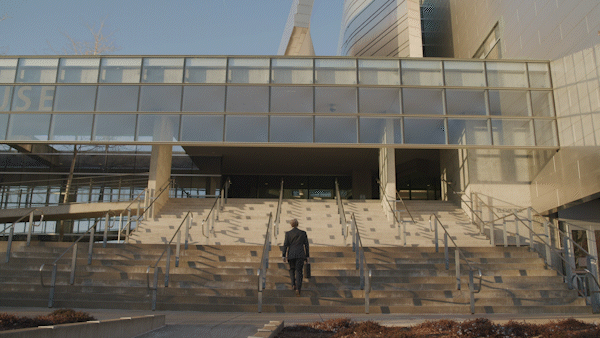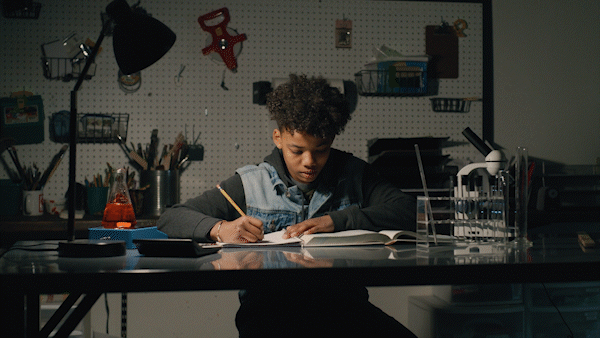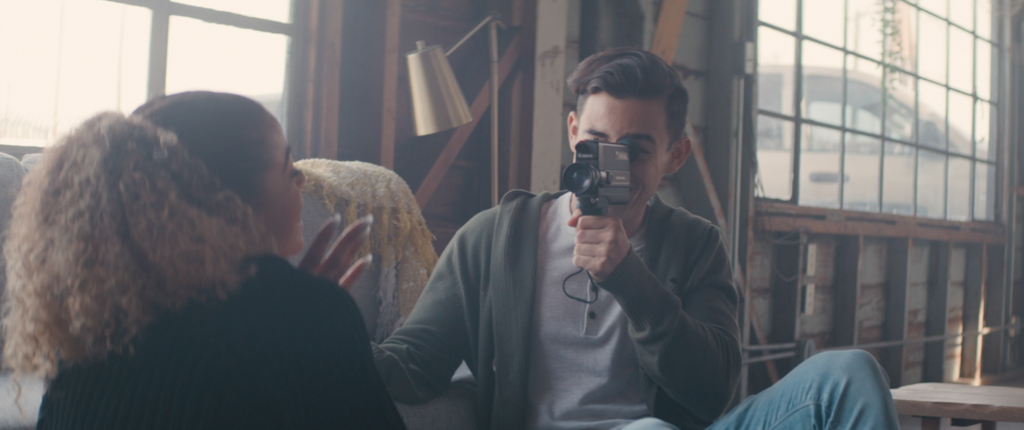The Difference Between Dissolve And Cut Transitions
You’ve captured your footage. Now, it’s time to bring it all together in the edit. Once you get to this point, there are a multiple editing techniques to get from clip to clip, known in video editing as transitions.
By far, the two most common video transitions are cuts and dissolves.
In this article, we’ll explain what each one is, and when to use them.
All professional editing software, such as Adobe Premiere Pro, has built-in transitions available for editors to use.
Cuts

A cut is the simplest possible way to change shots in your edit. A cut happens when you place two or more clips immediately next to each other without applying any other type of transition. At each transition point, the video “cuts” abruptly to the next shot, and so on.
There are also types of cuts where the next scene’s audio or sound effects are cut before or after the visual, which can have various effects. These types of cuts are known as J-cuts and L-cuts.
While this may sound distracting, it is by far the most common transition in all types of video, and our eyes are so used to it that we generally only notice transitions that aren’t cuts. If a modern feature film has 10,000 transitions between shots, 9,990 of them will probably be simple cuts.
Cuts are clean, efficient, and don’t draw attention away from the scene.
There are some rules to follow, such as not cutting between two scenes with similarly placed subjects (unless purposefully for effect), but for the most part, a cut-in is a very safe way to get from shot to shot.
The most common “alternate” type of cut is the jump cut, a time effect in which the same shot or camera angle cuts between different duration points in that shot.
For example, a shot of a man walking up a flight of stairs could utilize jump cuts to portray the passage of time.

Cross-cutting between cameras, and precise continuity editing cuts called “match cuts” are also used during interviews and other multi-camera scenarios where cutaway shots apply.
Dissolves

Dissolve transitions used to be much more common in traditional filmmaking and film editing, but have since become more of an effect, rather than a standard type of transition used in an edit.
A dissolve is when two clips are crossfaded into each other, and the length of the dissolve can vary from a few frames to several seconds. This is sometimes also called a cross-dissolve.
This makes for a “softer” film transition, and is often used in slideshows and other projects that feature still images. In feature films, dissolves are usually used to convey a sense of time elapsing; for example, a static establishing shot may dissolve from day to night, or a training montage may dissolve from shot to shot to establish a longer period of time than the viewer is physically experiencing.

Dissolves are generally distracting, in the sense that they are noticeable to the viewer. In the aforementioned usages, this is not a bad thing, as the dissolve has a purpose. But in general, too many dissolves in a video or film will cheapen it and distract the viewer from the content itself.
From an editing perspective, there are also some specific considerations when it comes to dissolves, such as not dissolving from a moving shot to a static shot, and vice-versa.
The most common alternative type of dissolve is called a fade in/fade out; this is when a shot either fades from black or fades to black. These transition effects are heavily used in trailers, intense moments, and at the very beginnings and ends of scenes.

Summary
Of course, there are hundreds of types of video transitions (*Star Wars has entered the chat), but beyond cuts and dissolves, they tend to be useful only as gimmicks or in extremely specific situations in post-production.
If you go your whole editing career without using a wipe or venetian blind effect, you won’t have missed out on much, I promise.
Both cuts and dissolves have their own utilities within the edit. And having a good understanding of what these editing transitions are, their strengths and limitations, and the effects they have on a scene, is a required skill for any video editor.
Kevin Graham is the Music Director at Filmpac.



 Filmpac is a premium stock footage + music membership library.
Filmpac is a premium stock footage + music membership library.